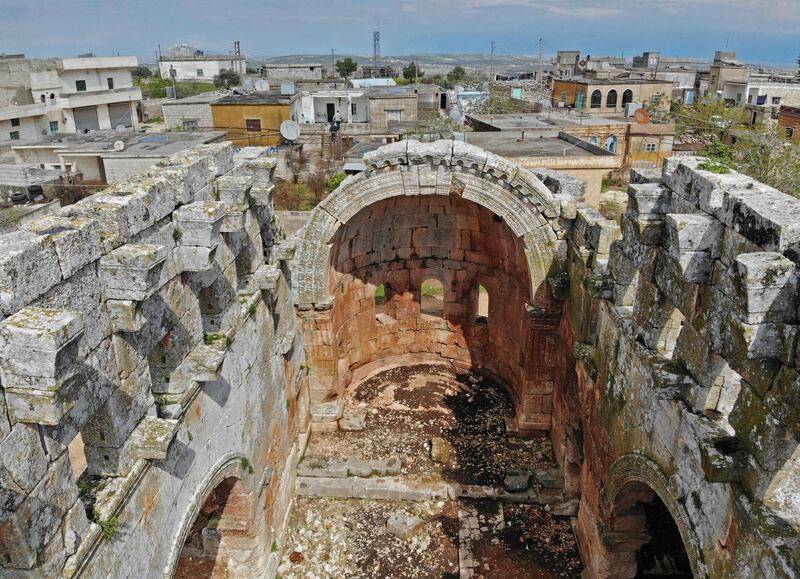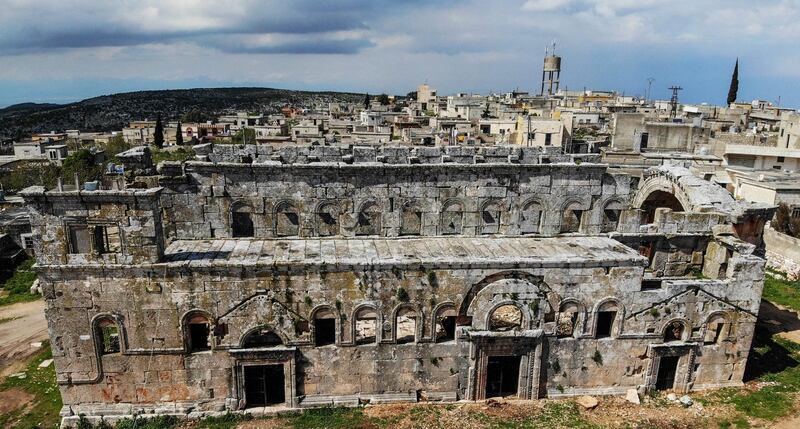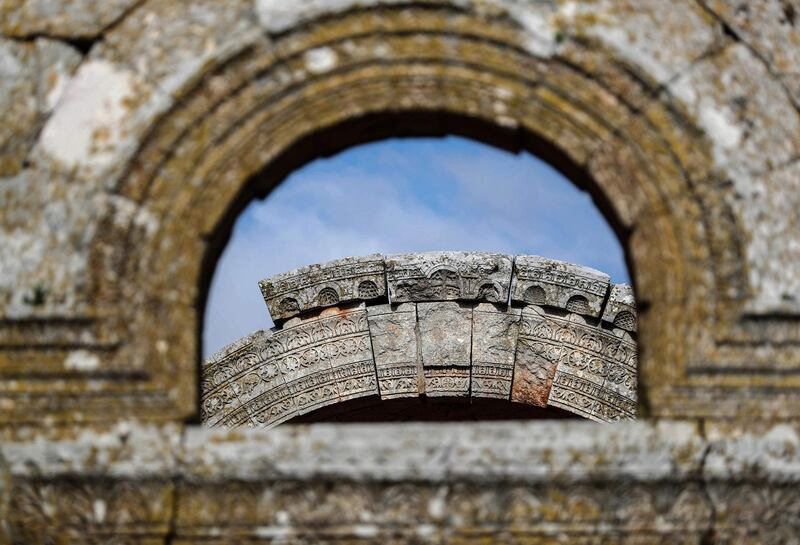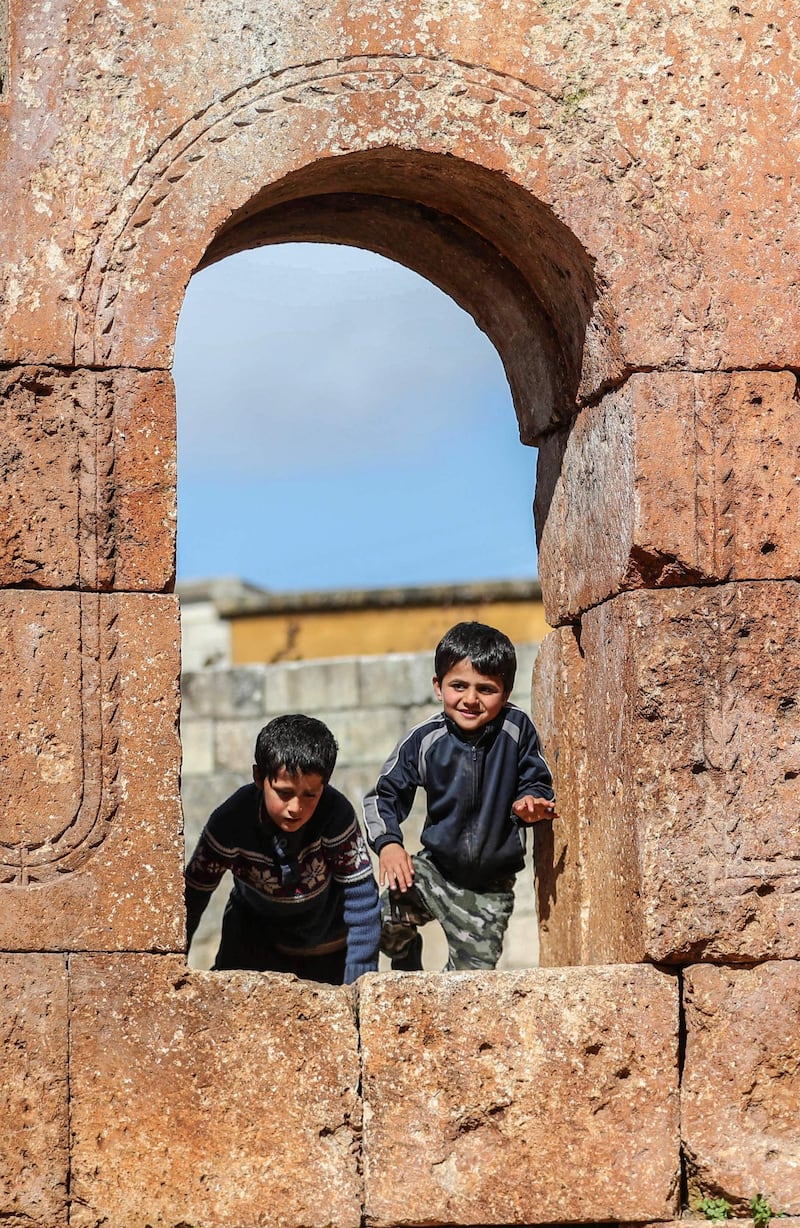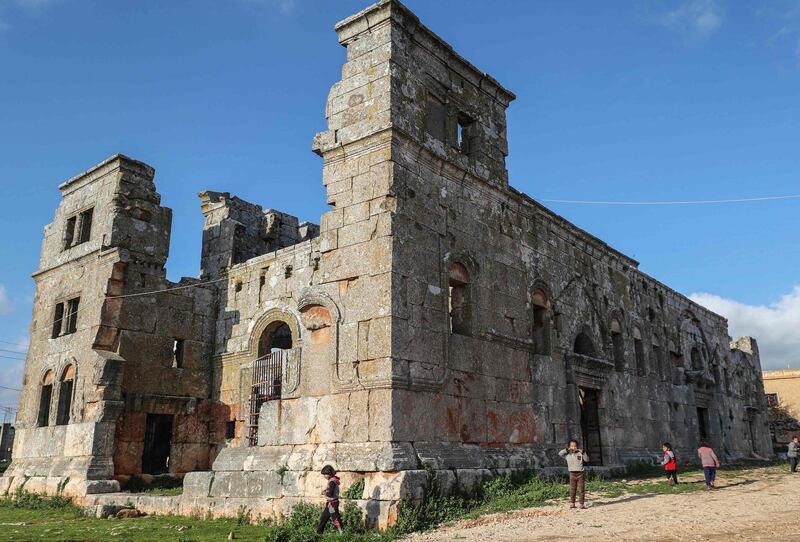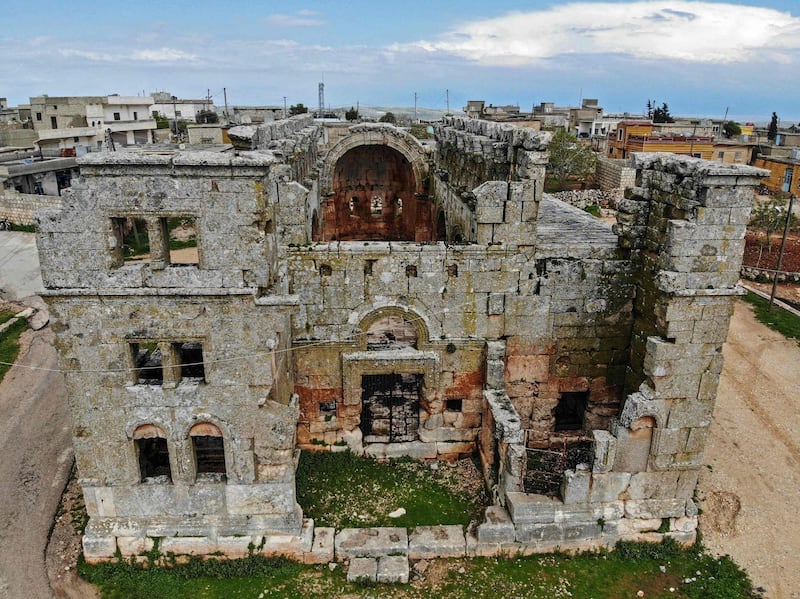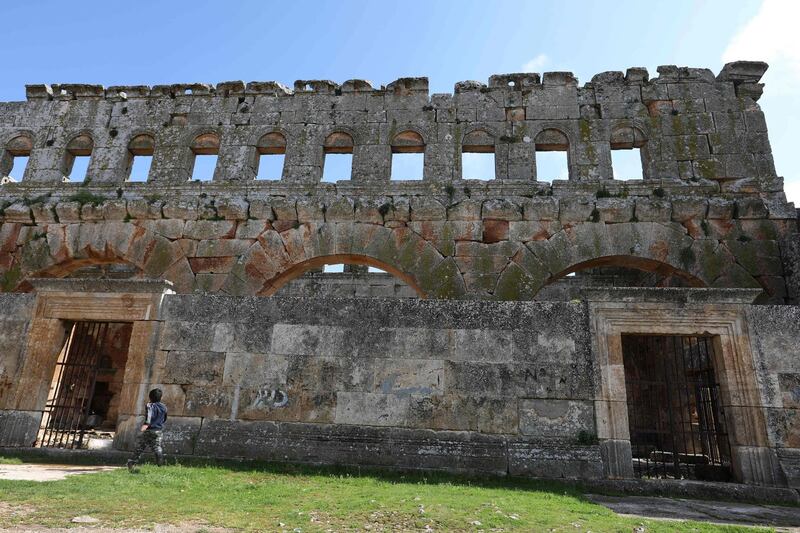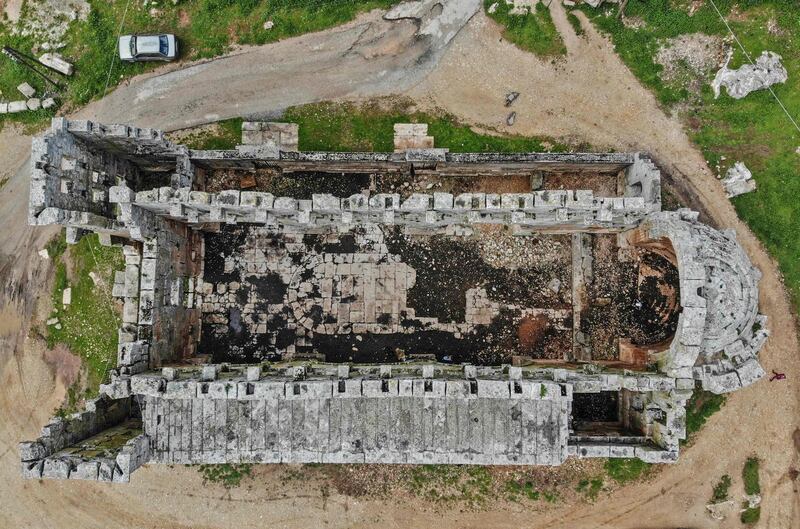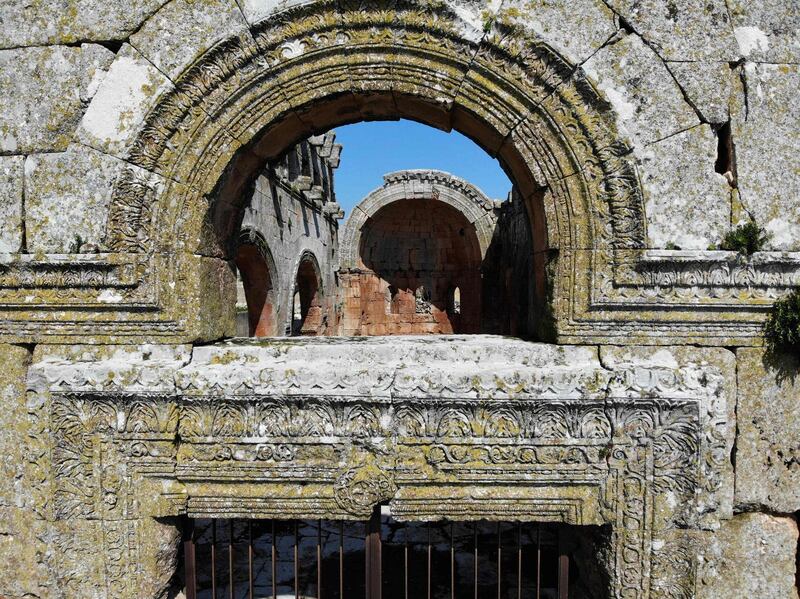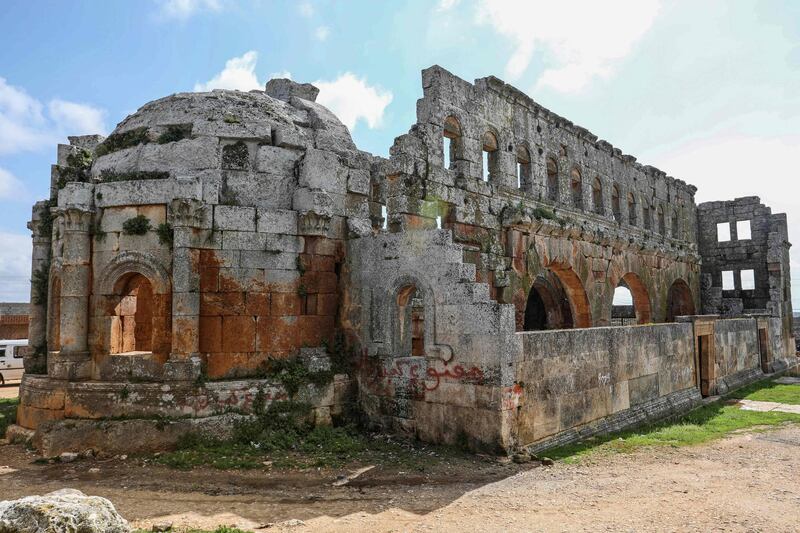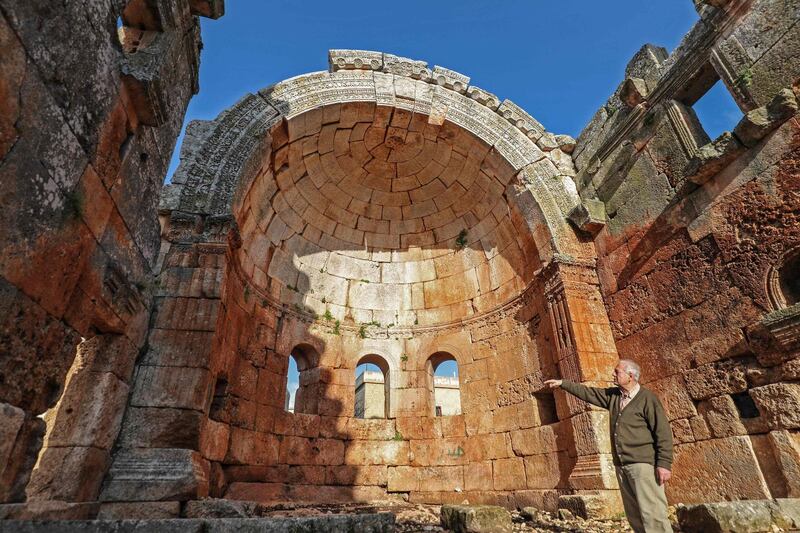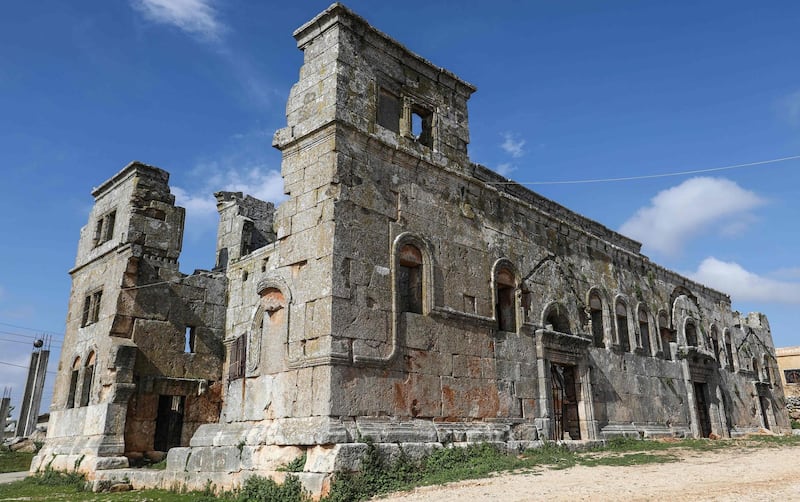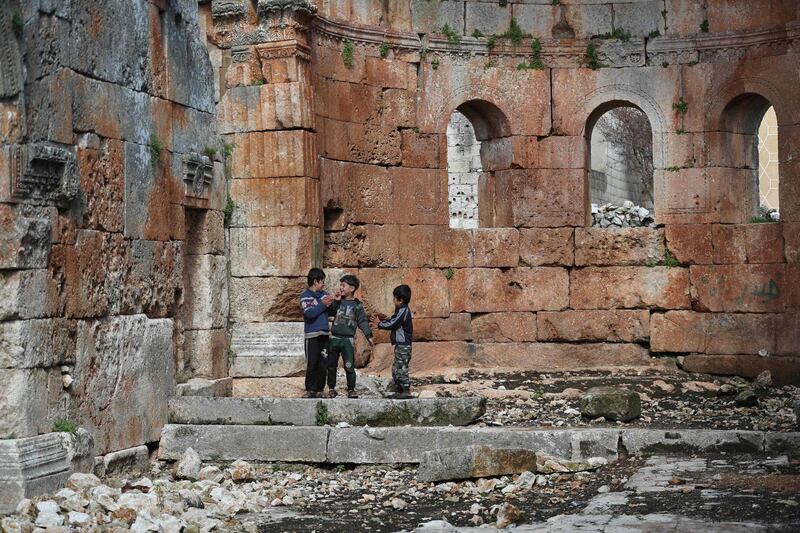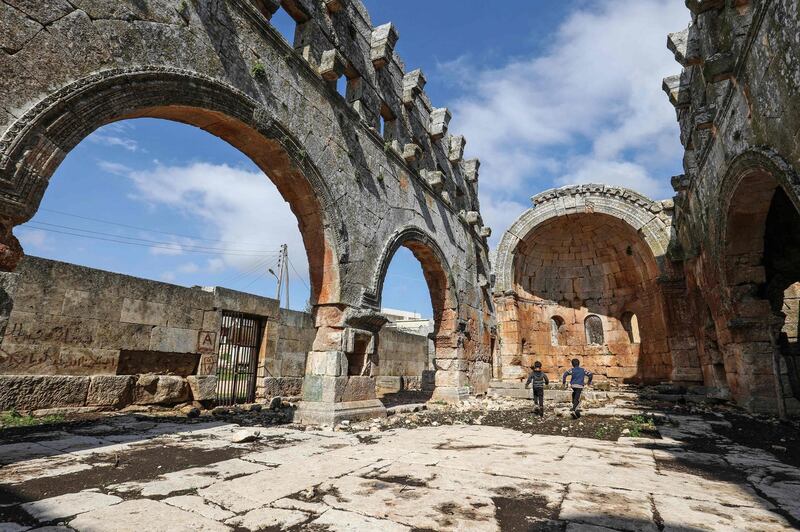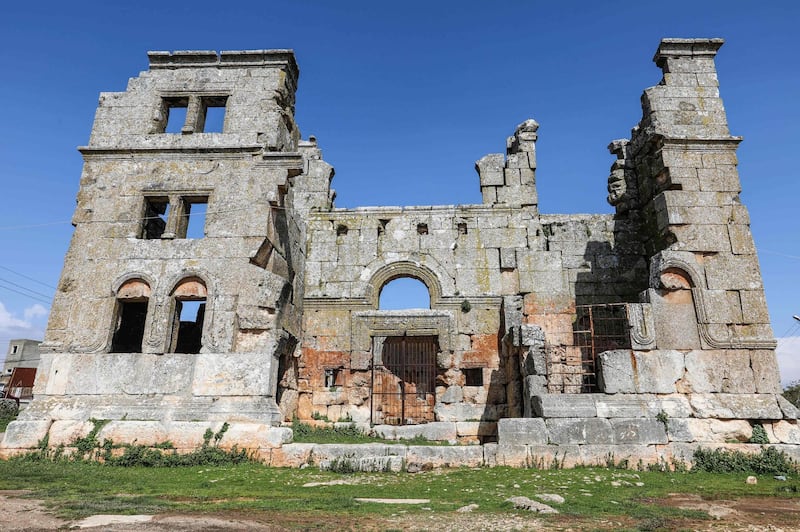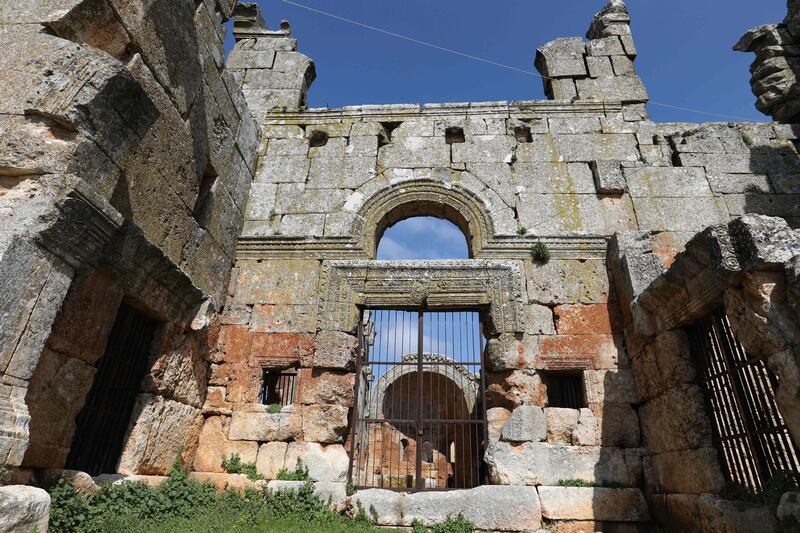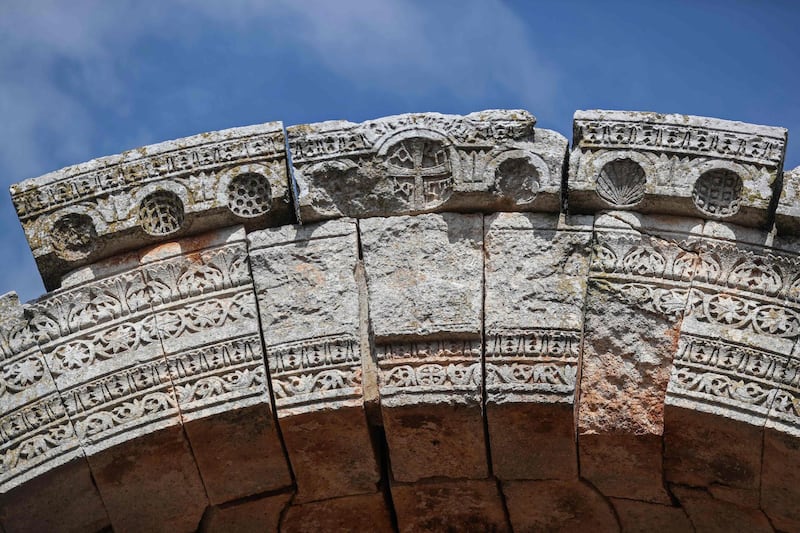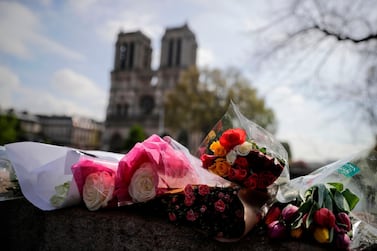The significance of the Notre-Dame Cathedral in Parisian culture is undisputable. However, it seems many of its architectural features can be traced back to the Arab world.
Diana Darke, a Syria specialist and expert on the region, Tweeted on Tuesday, following the fire at Notre-Dame in Paris, that: "Notre-Dame's architectural design, like all Gothic cathedrals in Europe, comes directly from Syria's Qalb Lozeh 5th-century church – Crusaders brought the 'twin tower flanking the rose window' concept back to Europe in the 12th century."
Notre-Dame's architectural design, like all Gothic cathedrals in Europe, comes directly from #Syria's Qalb Lozeh 5th century church - Crusaders brought the 'twin tower flanking the rose window' concept back to Europe in the 12th century. It's is #Idlib province, still standing... pic.twitter.com/S0WxmClpw7
— Diana Darke (@dianadarke) April 16, 2019
Look through the photo gallery above to see more of the church in Syria.
Inside Qalb Loze
Located in northwestern Syria, west of Aleppo, is a small Druze village called Qalb Lozeh (also spelled Qalb Loze or Qalb Lawzah), which means “Heart of the Almond”. The church is one of its most famous relics, dating back to about 460 AD, to the Byzantine era. It still stands in the Idlib province to this day, and is praised as one of the best-preserved examples of its kind. In 2011, it was inscribed by Unesco as a World Heritage Site, and part of the Ancient Villages of Northern Syria listing. This refers to the country’s “dead cities”, or the clusters of hundreds of Byzantine settlements, where more than 2,000 churches from the fourth and sixth centuries have been found.
Gertrude Bell, in her book The Desert and the Sown: The Syrian adventures of the female Lawrence of Arabia, described the Qalb Loze church as "the beginning of a new chapter in the architecture of the world. The fine and simple beauty of Romanesque was born in North Syria."
'Nothing develops in a vacuum'
Talking to The National, Darke says that in her experience "it is a connection that has been largely forgotten". She adds that the constant flow of information on social media or in the press means these age-old cross-cultural influences are more difficult to track. "Culturally, nothing develops in a vacuum – everything builds on earlier steps and evolves a little differently in different environments."
For example, the striking twin tower design of Notre-Dame is one of the main features that can be traced back to Syria, Darke highlighted in a recent blog post. The earliest example of this element was found in this specific limestone church in Syria.
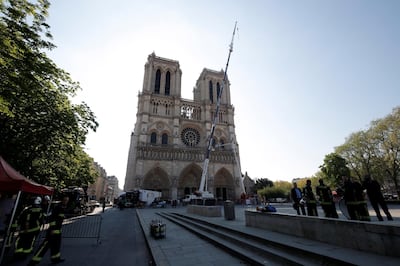
Meanwhile, the Gothic arch we associate with European cathedrals today was first seen in the Ibn Tulun Mosque in Cairo, adds Darke. It was passed on through Amalfi merchants to Sicily. Muslims are said to have developed both the horseshoe and the pointed arch, and these were used in mosques at the time. In Europe, this influence was first seen in the Abbey of Monte Cassino in 1070, which was financed by Amalfi merchants.
Ribbed vaulting that’s traced back to Abbasid Palace of Ukhaidir in Iraq and rose windows first seen at Hisham’s Palace in the West Bank near Jericho can also be seen in the Notre-Dame’s architectural design.
As for the cathedral’s famous spire: the first known example of such an architectural feature is said to come from the Umayyad Mosque of Damascus (where the horseshoe arch was also said to be born), which was built in the eighth century.
"There are many forgotten connections between Europe and the Arab world," Darke continues. She says that even in the field of military architecture, for example, Crusaders brought back ideas from castles built by the Mamluks in Syria and elsewhere – such as round towers rather than square, as they were easier to defend. Machicolations, parapets and barbicans as defensive devices are all other examples of this connection. "Henry V's castle architect was known to be Muslim. Programmes like Rageh Omar's documentary on BBC4, An Islamic History of Europe, which aired in 2005, attempted to remind people of all the cultural, social and scientific connections in Muslim Spain.
For more on this subject, remember @ragehomaar's Islamic History of Europe, a documentary on @bbc4 that first aired in 2005. It can still be viewed here: https://t.co/J3Evlu3BLv https://t.co/UvZngP7Uyn
— Diana Darke (@dianadarke) April 17, 2019
“He himself, as a Muslim, had not known about the extent of it and was continually surprised by what he learnt, especially about the multicultural coexistence of Muslims, Christians and Jews during times of prosperity in the 10th century.”
The most fascinating aspect of all of this, says Darke, is how interconnected different cultures were centuries ago. “Ancient Syria was always a crossroads, multicultural, multi-religious and multi-ethnic, and that in itself was fertile ground for new inventions and creativity which then got passed on – like the phonetic alphabet, musical notation, and so many other things, from soap to quilts.”
Each civilisation learns from the one that went before, she adds. “These days the Middle East, and Syria in particular, seem to be defined by war and terrorism in most people’s minds – unfairly in my view … It’s important to remember that Syrian cultural heritage transcends all the current Isis focus and that we in the West owe it a great deal.”
